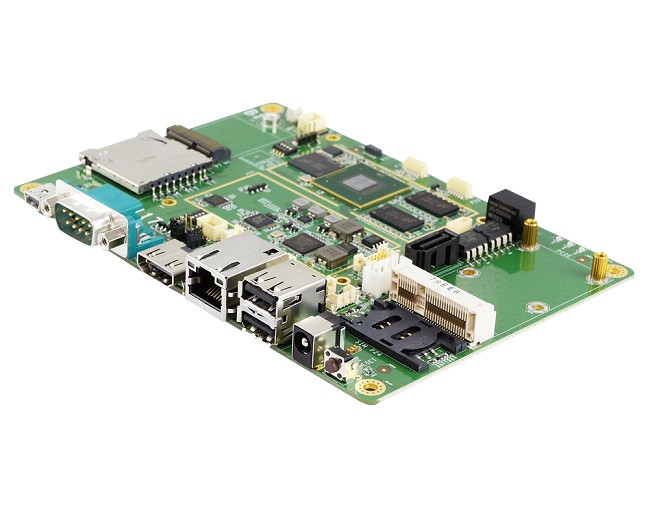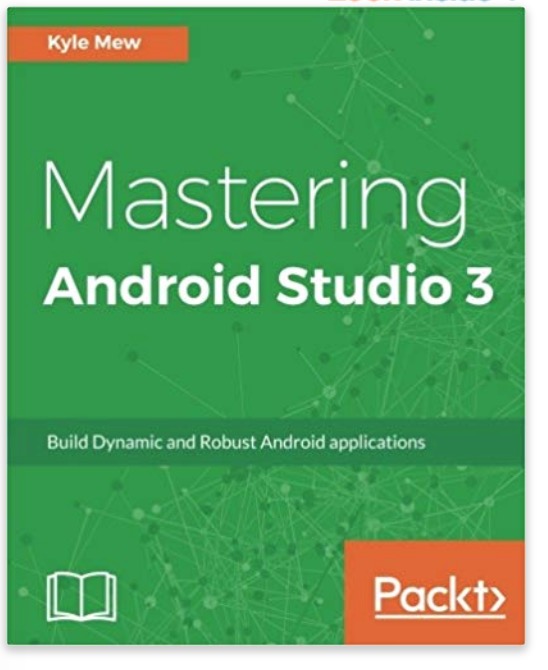Recent Posts
Embedded Android System With NXP ARM Cortex-A9 i.MX 6Dual 1GHz Processor Supports Two CAN Bus Ports
Posted by on
IBASE Technology Inc., a manufacturer of industrial-strength embedded systems, announced the release of their IBR117 3.5-inch SBC, which is powered by an NXP i.MX 6Dual Cortex-A9 1.0GHz high performance processor. The board is suitable for use in applications in the automation, smart building, transportation, and medical markets.
The IBR117 is a scalable Single-Board Computer (SBC) with an extended operating temperature range of -40°C to 85°C plus an optional heatsink. Supporting 1GB DDR3 memory on board, the board provides a number of additional hardware interfaces for HDMI and single LVDS display interface, 4GB eMMC, Micro SD, COM, GPIO, USB, USB-OTG, Gigabit Ethernet and a M.2 Key-E interface. These embedded I/Os provide connection to peripherals such as WiFi, Bluetooth, GPS, storage, displays, and camera sensors for use in a variety of application environment while consuming levels of power considerably below industry expectations.
The IBR117 board comes with Yocto 2.0 and Android 6.0 (Marshmallow) Board Support Package (BSP) to help customers reduce development time and designs costs, as well as accelerate time to market. The IBR117 also supports a single-channel LVDS (a total of two LVDS), two USB ports, one mini-PCIe with SIM socket, and two CAN Bus 2.0B headers.
The CAN Bus connectors provide the corresponding CAN_TXD and CAN_RXD signals, i.e. in order to connect to a CAN Bus network, the use of an additional CAN transceiver breakout board is required.
Features
- NXP Cortex™-A9, i.MX 6Dual 1GHz processor
- Supports HDMI and Dual LVDS interface
- 1GB DDR3, 4GB eMMC and SD socket for expansion
- Supports embedded I/O, COM, GPIO, USB, USB-OTG, audio and Ethernet
- Supports M.2 Key-E (2230) and Mini PCI-E w/ SIM socket for wireless connectivity
- OpenGL ES 2.0 for 3D BitBlt for 2D and OpenVG 1.1
More Information
- Download/View the iBASE IBR117 Data Sheet (PDF)...
- Download/View the iBASE IBR117 User Manual (PDF)...
- More Information...
Android Studio is an Integrated Development Environment (IDE) designed for developing Android apps. As with most development processes, Android keeps resources and logic nicely separated, and so this book covers the management of imagery and other resources, and the development and testing tools provided by the IDE.
After introducing the software, the book moves straight into UI development using the sophisticated, WYSIWYG layout editor and XML code to design and test complex interfaces for a wide variety of screen configurations.
With activity design covered, the book continues to guide the reader through application logic development, exploring the latest APIs provided by the SDK. Each topic will be demonstrated by working code samples that can be run on a device or emulator.
One of Android Studio's greatest features is the large number of third-party plugins available for it, and throughout the book we will be exploring the most useful of these, along with samples and libraries that can be found on GitHub.
The final module of the book deals with the final stages of development: building and distribution. The book concludes by taking the reader through the registration and publication processes required by Google.
 Loading... Please wait...
Loading... Please wait...


